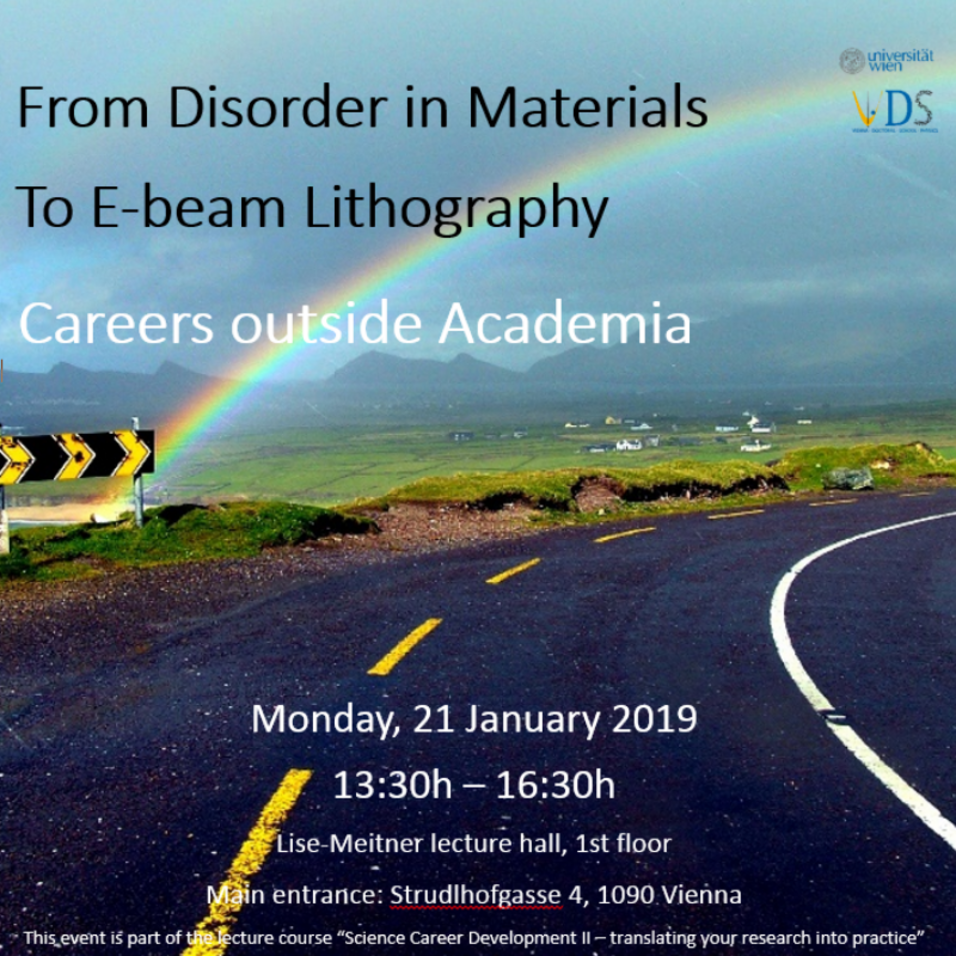Prof. Jani Kotakoski | Physics of Nanostructured Materials, University of Vienna
The wavelength of optical photons restricts the resolution of light-based microscopy to scales far above interatomic distances. This fundamental limitation promoted the development of electron microscopy, which in the last two decades has broken through the last technical challenges to reach atomic resolution in any conventional material. However, in addition to the shorter wavelength of electron waves that enables this resolution, as massive charged particles, electrons also carry significant momentum and couple strongly to the electronic system of the material under study. Combined with the appearance of 2D materials a decade ago, the strong electron-matter interaction has made it possible to not just image structures through electron microscopy, but also to directly manipulate materials down to individual atoms.
Dr. Giacomo Argentero | IMS Nanofabrication – Vienna, Austria
In this presentation, I will briefly introduce my Ph.D. thesis, focusing on the skills and the methodology acquired during the research activity. I will then present the company where I am currently employed, giving a general overview on the company’s scope and technology, its structure and organization and how my education and skills fit this context. Finally, I will talk about some aspects of the transition between academia and the private sector, giving my point of view on the challenges and opportunities involved in this process.

